Research
The Digging Diaries 2025
يوميات التنقيب الأثري لعام 2025 – الأسبوع الأول.
info@museitorino.it
011 44 06 903
From Monday to Saturday from 9:00 a.m. to 6:00 p.m.
Saqqara, here we go again.
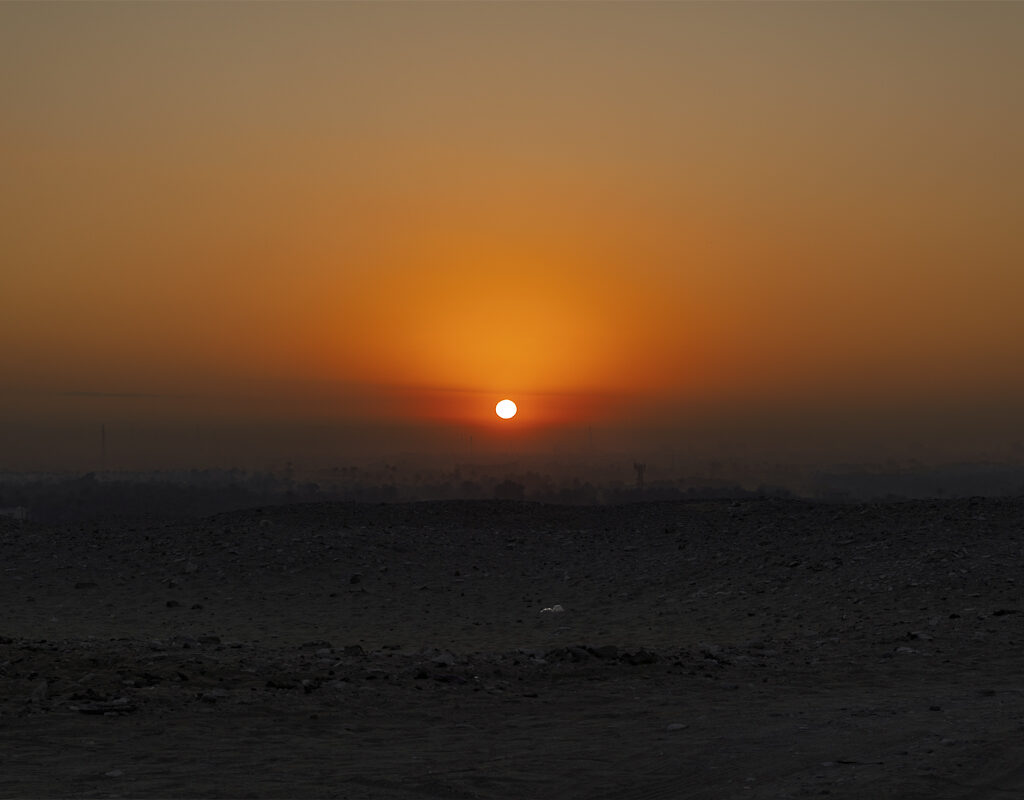
Figure 1: The first light of dawn in Saqqara, looking east. Photo: Nicola dell’Aquila.
When we leave the mission house in Abusir, it’s just daybreak—exactly 6:20 a.m. The first rays of light paint the sky red and reflect off the sand, which glows with golden hues. Someone hurriedly finishes a cup of coffee before getting on the minibus; someone else adjusts backpacks and equipment. Few words are spoken—everyone still feels the pull of sleep. Some silently review the tasks ahead, while others simply stare out the window.
The air already stings the skin with heat, even in the early morning hours. Yet the excitement is palpable. After a year’s break to celebrate the bicentenary of the museum, the mission members can’t hide their enthusiasm at returning to the excavation site. The Museo Egizio is back at Saqqara.
This famous necropolis, located about 30 kilometers south of Cairo, is one of the largest and richest archaeological areas in ancient Egypt. At the heart of the Memphite necropolis, it holds the tombs of kings, officials, and priests.
It takes about 40 minutes to get there, and when the stepped pyramid of Djoser appears on the horizon—its silhouette sharp against the pale morning sky—we know we’ve arrived.
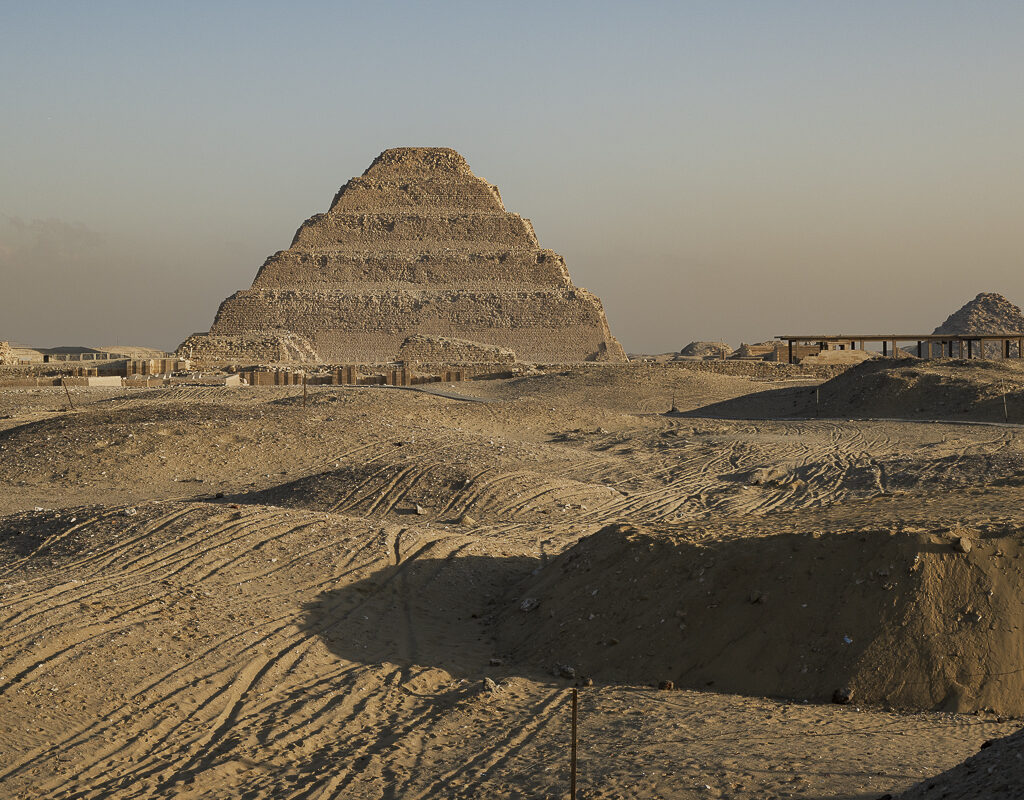
Figure 2: The Pyramid of Djoser. Photo: Nicola dell’Aquila.
Our excavation concession lies south of the processional way of Unas’s pyramid, in one of the New Kingdom necropoleis (1539–1077 BCE). Here, in 2022, the joint mission of the Museo Egizio and the Rijksmuseum van Oudheden in Leiden discovered a previously unknown burial: the tomb of Panehsy, overseer of the Temple of Amun in Memphis. It is in this very tomb that we are back to work. This year’s goal is to complete its exploration and extend the investigation to the surrounding area.
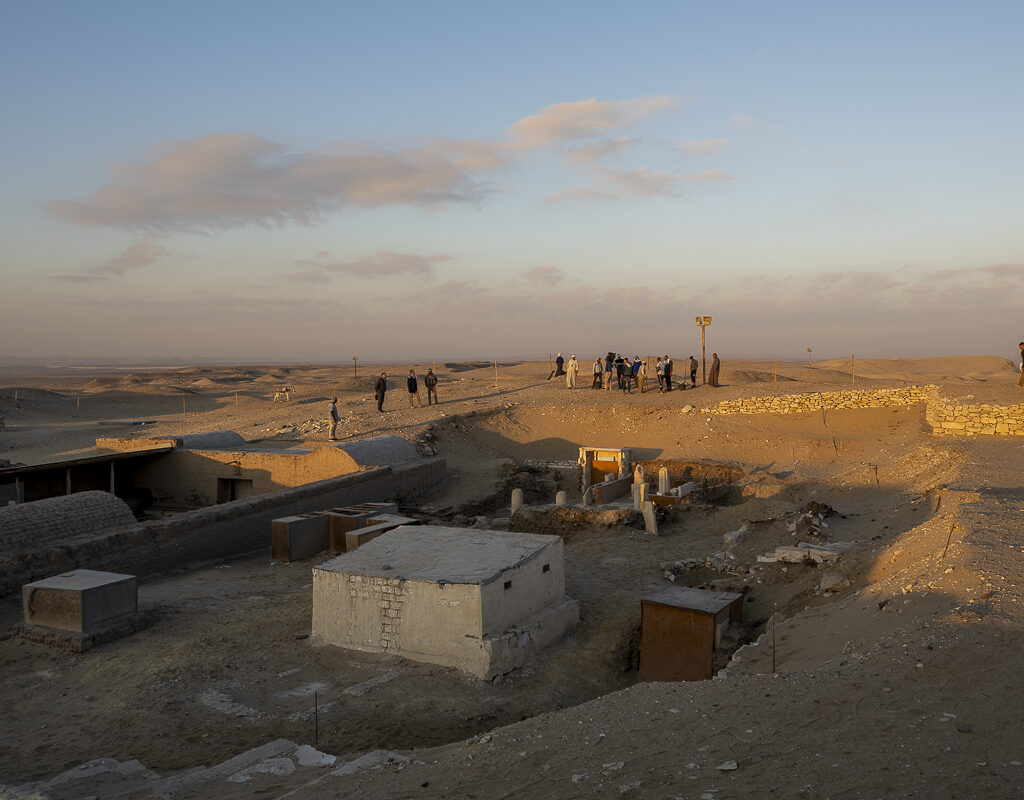
Figure 3: Behind the white brick building, you can see the white columns of Panehsy’s porticoed courtyard. In the background, the team working in the excavation area. Photo: Nicola dell’Aquila.
The first days go by in preparation and adjustments—nothing spectacular, but all essential. The opening phase involves reactivating the site and taking care of administrative matters. The most anticipated moment is the removal of the seals placed at the end of the 2023 season, in the presence of inspectors and officials from the Ministry of Tourism and Antiquities (MoTA).
We reopen the mission quarters, housed within the tombs of Horemheb and Maya, and check the site’s condition together with our Egyptian colleagues. Worktables are cleaned, equipment reactivated, and tools checked one by one. In the storeroom, we update the inventory of materials left from the previous season—crates, registers, forms, and tools—and restock what’s missing.
Did you know that before leaving an excavation, it’s essential to prepare a detailed list of everything that stays on site and everything that needs to be purchased for the next season? It’s a true archaeological shopping list, invaluable when it’s time to set up workstations and get activities rolling again.
At the excavation area, we reconnect with the structures uncovered in previous campaigns. The sand has partially covered the walls and thresholds, so our first task is to uncover what the desert temporarily hid—or what archaeologists had reburied for protection. The area is marked out, topographic reference points are established for future surveys (we’ll show you more in upcoming diaries!), and the first layers of soil—those most recent—are removed.
The first days fly by in a rhythm of checks, photos, and measurements. Every gesture, even the simplest one, helps restore order and prepare the ground for what’s to come.
Most importantly, we’re reunited with the local staff—their faces, routines, and familiar voices. Smiles and handshakes are exchanged amid the sound of tools and the rustle of sand. This too is part of the mission: reestablishing harmony between people and place, even before the digging truly begins.
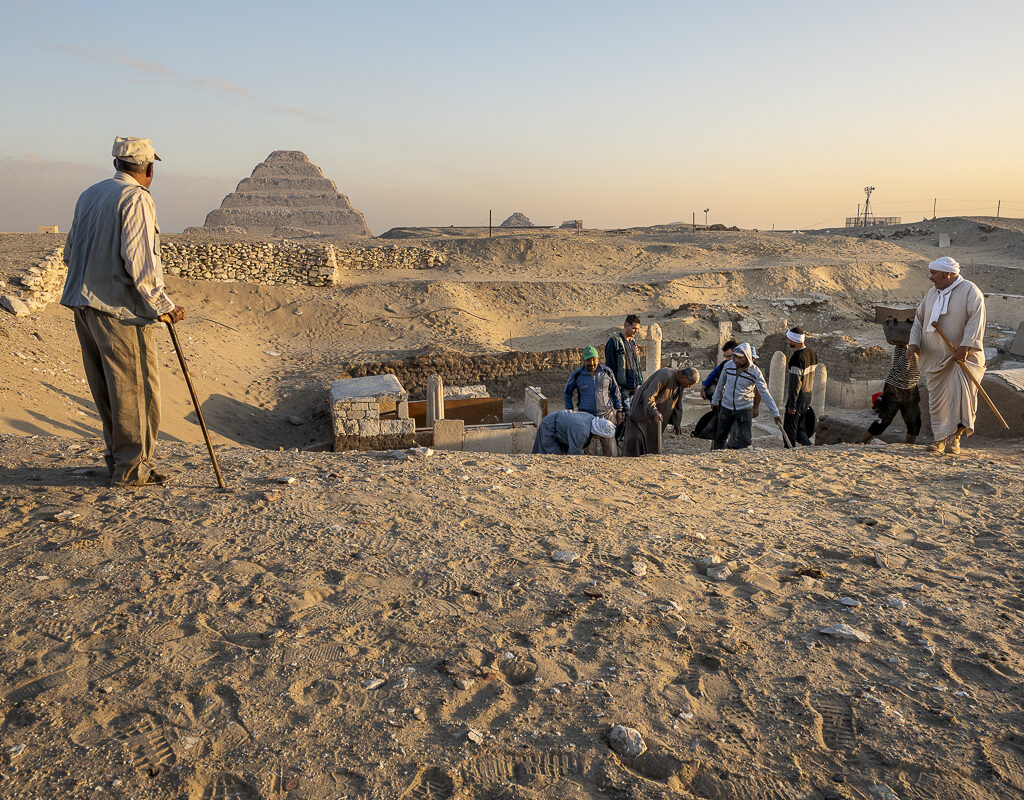
Figure 4: The team of workers on site, with rais Mohammed on the right. Overseeing them is Salah, a long-time collaborator of the joint mission. Photo: Nicola dell’Aquila.
Each of us takes up our role: some dig, some photograph, some organize the storeroom, others handle topographic surveys or start studying pottery again. None of this, however, would be possible without the help of the Egyptian colleagues —each with their own specialization—coordinated by the rais, the team leader.
From Sunday, October 12 to November 7, you’ll be with us at the excavation. Through our weekly diaries, you’ll get to discover what life on site is like and how many different skills come together to make the mission a success.
What will this new season hold for us? You’ll just have to wait and see.
For now, it’s 1:00 p.m.—time to head home.
See you next Friday!
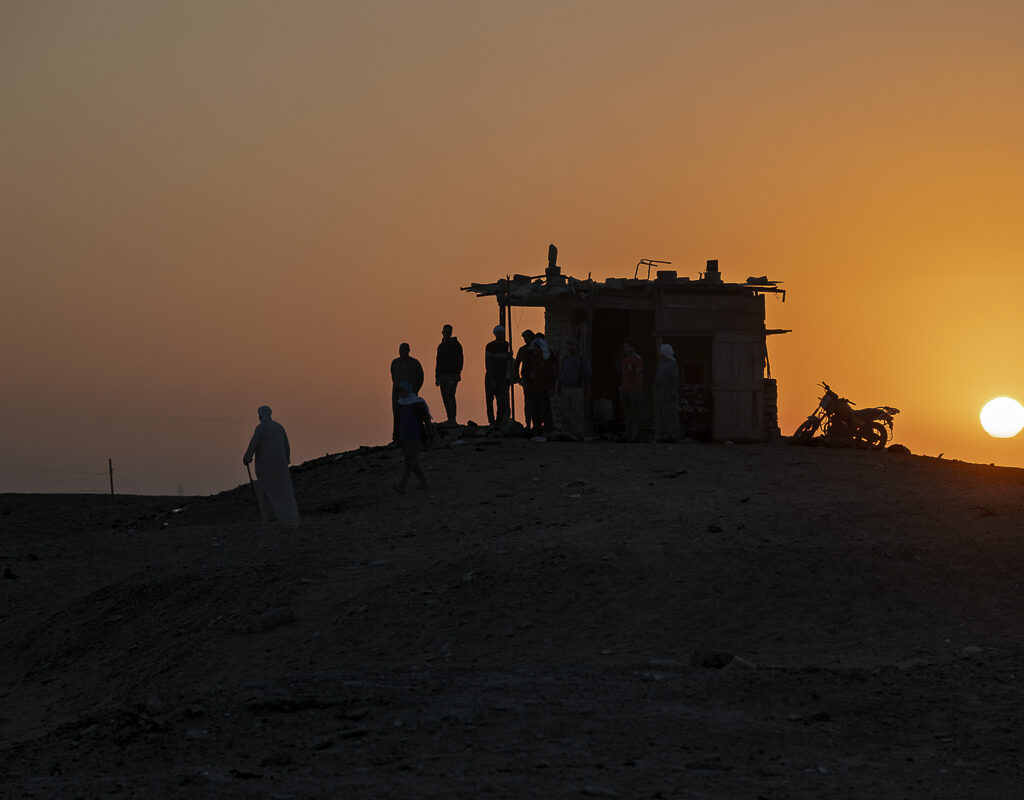
Figure 5: Sunrise over the Saqqara site. Photo: Nicola dell’Aquila.
يوميات التنقيب الأثري لعام 2025 – الأسبوع الأول.
سقارة، نبدأ من جديد.

صورة رقم 1: الحظات الأولى لشروق الشمس في سقارة. صورة: نيكولا ديلأكويلا.
عندما غادرنا منزل البعثة في أبو صير، كان الفجر قد بزغ. كانت الساعة 6:20 بالضبط. كانت الأضواء الأولى تلون السماء باللون الأحمر وتنعكس على الرمال، التي بدت وكأنها تتألق بانعكاسات ذهبية. البعض يشرب فنجان قهوته بسرعة قبل الصعود إلى الحافلة، بينما يحمل آخرون حقائبهم وأدواتهم. الكلام قليل، والنعاس لا يزال يسيطر على المكان، هناك من يستعرض في ذهنه ما عليه فعله في الساعات القادمة، و هناك من ينظر من النافذة.
الحرارة شديدة منذ الساعات الأولى من الصباح. ومع ذلك، فإن الحماس كبير. بعد توقف أعمال الحفائر الذي دام عاماَ بسبب احتفالات الذكرى المئوية الثانية للمتحف، لا يخفي أعضاء البعثة حماسهم للعودة إلى موقع الحفريات. عاد المتحف المصري إلى التنقيب في سقارة. تقع هذه المقبرة الشهيرة على بعد حوالي 30 كيلومترا جنوب القاهرة، وهي واحدة من أكبر وأغنى المناطق الأثرية في مصر القديمة: فهي قلب مقبرة ممفيس، وتضم مقابر الملوك و الإداريين والكهنة.
يستغرق الوصول إلى هناك حوالي 40 دقيقة، عندما يظهر في الأفق هرم زوسر المدرج، شامخاً وخلفه سماء الصباح الصافية، فهذه إشارة على أننا قد وصلنا.

صورة رقم 2: هرم زوسر. صورة: نيكولا ديلأكويلا.
تقع منطقة الحفريات الممنوحة لنا جنوب شارع المواكب لهرم أوناس، في إحدى مقابر العصر الجديد (1539-1077 قبل الميلاد). هنا، في عام 2022، اكتشفت البعثة المشتركة بين المتحف المصري ومتحف الآثار في لايدن مدفناً لم يكن معروفاً حتى ذلك الحين: قبر بانحسي، "المشرف على معبد آمون" في ممفيس. عُدنا للعمل في هذا القبر بالذات: هدفنا في هذا العام هو كشفه بالكامل وتوسيع نطاق البحث لتشمل كل المنطقة المحيطة به.

صورة رقم 3: خلف المبنى الأبيض المبنيّ من الطوب، يمكن رؤية الأعمدة البيضاء لفناء مقبرة بانحسي. وخلفها، فريق العمل في منطقة الحفر. صورة: نيكولا ديلأكويلا.
تنقضي الأيام الأولى في الاستعدادات والترتيبات. لا شيء مذهل، لكن كل شيء ضروري. تتمثل المرحلة الأولى في إعادة فتح الموقع وإنجاز الأمور الإدارية: اللحظة الأكثر انتظاراً هي إزالة الأختام التي وضعتها البعثة في نهاية عام 2023، بحضور مفتشي وموظفي وزارة السياحة والآثار (MoTA).
وهكذا أعيد فتح مقر البعثة الموجود داخل مقابر حورمحب ومايا، تم التحقق من حالة الموقع مع زملائنا المصريين. تم تنظيف طاولات العمل، وإعادة تشغيل المعدات وفحص الأدوات واحدة تلو الأخرى. في المستودع، تم تحديث جرد المواد المتبقية من العام الماضي: الصناديق، والسجلات، والبطاقات، والأدوات، وتم استكمال ما كان ناقصاً.
هل تعلمون أنه قبل مغادرة موقع الحفريات، من الضروري إعداد قائمة مفصلة بكل ما تبقى في الموقع وما يجب شراؤه للموسم التالي؟ إنها قائمة تسوق أثرية حقيقية، تكون مفيدة جداً عند ترتيب أماكن العمل واستئناف الأنشطة.
في منطقة الحفر، يستأنف العمل بالمنشأت التي تم الكشف عنها في فترات التنقيب السابقة. تغطي الرمال أجزاء من الجدران والعتبات، وتشمل المهمة الأولى في كشف ما أخفته الصحراء مؤقتاً أو ما غطاه علماء الآثار لحمايته. يتم تحديد منطقة الحفريات، وتحديد النقاط المرجعية الطبوغرافية التي ستستخدم في المسوحات - سنعرض لكم بعضها في اليوميات القادمة! ثم نبدأ بإزالة الطبقات الأولى من التربة، وهي الطبقات الحديثة. تمر الأيام الأولى بسرعة بين عمليات الفحص والتصوير والقياس. كل حركة، حتى أبسطها، تساعد على تنظيم العمل، وإعداد المكان للأيام القادمة.
لكن الأهم من ذلك كله هو أننا نجتمع مجدداً بالموظفين المحليين، والروتين اليومي، والأصوات المألوفة. نتبادل التحيات بالابتسامات والمصافحة، وسط ضجيج الآلات وصوت انزلاق حبيبات الرمل. هذا أيضاً يعتبر جزء من المهمة: إعادة التوازن بين الناس والمكان، قبل أن نبدأ الحفريات.

صورة رقم 4: فريق العمال أثناء العمل، على اليمين الرئيس محمد. تحت إشراف صلاح، المعاون التاريخي مع البعثة الأثرية المشتركة. صورة: نيكولا ديلأكويلا.
كل شخص مننا يأخذ مكانه: هناك من يحفر، من يصور، من ينظم المستودع، من يقوم بالمسح الطبوغرافي ومن يقضي وقته في دراسة الفخار. لكن لا شيء من كل هذا كان ليكون دون مساعدة الزملاء المصريين: كل واحد منهم متخصص في مجال معين ويتم تنسيق عملهم من قبل الريّس (رئيس الفريق).
من يوم الأحد 12 أكتوبر حتى 7 نوفمبر، ستكونون معنا في موقع الحفريات: من خلال قراءة يومياتنا الأسبوعية، ستكتشفون كيف تكون الحياة في الميدان وعدد المختصّين الذين يتعاونون من أجل إنجاح المهمة.
ماذا تخبئ لنا هذه المهمة الأثرية الجديدة؟ ستكتشفون ذلك بأنفسكم.
شارفت الساعة حالياً على الواحدة ظهراً وحان وقت العودة إلى المنزل. إلى اللقاء في يوم الجمعة المقبل – ياالله !

صورة رقم 5: شروق الشمس على موقع سقارة. صورة: نيكولا ديلأكويلا.

Figure 1: The first light of dawn in Saqqara, looking east. Photo: Nicola dell’Aquila.
When we leave the mission house in Abusir, it’s just daybreak—exactly 6:20 a.m. The first rays of light paint the sky red and reflect off the sand, which glows with golden hues. Someone hurriedly finishes a cup of coffee before getting on the minibus; someone else adjusts backpacks and equipment. Few words are spoken—everyone still feels the pull of sleep. Some silently review the tasks ahead, while others simply stare out the window.
The air already stings the skin with heat, even in the early morning hours. Yet the excitement is palpable. After a year’s break to celebrate the bicentenary of the museum, the mission members can’t hide their enthusiasm at returning to the excavation site. The Museo Egizio is back at Saqqara.
This famous necropolis, located about 30 kilometers south of Cairo, is one of the largest and richest archaeological areas in ancient Egypt. At the heart of the Memphite necropolis, it holds the tombs of kings, officials, and priests.
It takes about 40 minutes to get there, and when the stepped pyramid of Djoser appears on the horizon—its silhouette sharp against the pale morning sky—we know we’ve arrived.

Figure 2: The Pyramid of Djoser. Photo: Nicola dell’Aquila.
Our excavation concession lies south of the processional way of Unas’s pyramid, in one of the New Kingdom necropoleis (1539–1077 BCE). Here, in 2022, the joint mission of the Museo Egizio and the Rijksmuseum van Oudheden in Leiden discovered a previously unknown burial: the tomb of Panehsy, overseer of the Temple of Amun in Memphis. It is in this very tomb that we are back to work. This year’s goal is to complete its exploration and extend the investigation to the surrounding area.

Figure 3: Behind the white brick building, you can see the white columns of Panehsy’s porticoed courtyard. In the background, the team working in the excavation area. Photo: Nicola dell’Aquila.
The first days go by in preparation and adjustments—nothing spectacular, but all essential. The opening phase involves reactivating the site and taking care of administrative matters. The most anticipated moment is the removal of the seals placed at the end of the 2023 season, in the presence of inspectors and officials from the Ministry of Tourism and Antiquities (MoTA).
We reopen the mission quarters, housed within the tombs of Horemheb and Maya, and check the site’s condition together with our Egyptian colleagues. Worktables are cleaned, equipment reactivated, and tools checked one by one. In the storeroom, we update the inventory of materials left from the previous season—crates, registers, forms, and tools—and restock what’s missing.
Did you know that before leaving an excavation, it’s essential to prepare a detailed list of everything that stays on site and everything that needs to be purchased for the next season? It’s a true archaeological shopping list, invaluable when it’s time to set up workstations and get activities rolling again.
At the excavation area, we reconnect with the structures uncovered in previous campaigns. The sand has partially covered the walls and thresholds, so our first task is to uncover what the desert temporarily hid—or what archaeologists had reburied for protection. The area is marked out, topographic reference points are established for future surveys (we’ll show you more in upcoming diaries!), and the first layers of soil—those most recent—are removed.
The first days fly by in a rhythm of checks, photos, and measurements. Every gesture, even the simplest one, helps restore order and prepare the ground for what’s to come.
Most importantly, we’re reunited with the local staff—their faces, routines, and familiar voices. Smiles and handshakes are exchanged amid the sound of tools and the rustle of sand. This too is part of the mission: reestablishing harmony between people and place, even before the digging truly begins.

Figure 4: The team of workers on site, with rais Mohammed on the right. Overseeing them is Salah, a long-time collaborator of the joint mission. Photo: Nicola dell’Aquila.
Each of us takes up our role: some dig, some photograph, some organize the storeroom, others handle topographic surveys or start studying pottery again. None of this, however, would be possible without the help of the Egyptian colleagues —each with their own specialization—coordinated by the rais, the team leader.
From Sunday, October 12 to November 7, you’ll be with us at the excavation. Through our weekly diaries, you’ll get to discover what life on site is like and how many different skills come together to make the mission a success.
What will this new season hold for us? You’ll just have to wait and see.
For now, it’s 1:00 p.m.—time to head home.
See you next Friday!

Figure 5: Sunrise over the Saqqara site. Photo: Nicola dell’Aquila.
يوميات التنقيب الأثري لعام 2025 – الأسبوع الأول.
سقارة، نبدأ من جديد.

صورة رقم 1: الحظات الأولى لشروق الشمس في سقارة. صورة: نيكولا ديلأكويلا.
عندما غادرنا منزل البعثة في أبو صير، كان الفجر قد بزغ. كانت الساعة 6:20 بالضبط. كانت الأضواء الأولى تلون السماء باللون الأحمر وتنعكس على الرمال، التي بدت وكأنها تتألق بانعكاسات ذهبية. البعض يشرب فنجان قهوته بسرعة قبل الصعود إلى الحافلة، بينما يحمل آخرون حقائبهم وأدواتهم. الكلام قليل، والنعاس لا يزال يسيطر على المكان، هناك من يستعرض في ذهنه ما عليه فعله في الساعات القادمة، و هناك من ينظر من النافذة.
الحرارة شديدة منذ الساعات الأولى من الصباح. ومع ذلك، فإن الحماس كبير. بعد توقف أعمال الحفائر الذي دام عاماَ بسبب احتفالات الذكرى المئوية الثانية للمتحف، لا يخفي أعضاء البعثة حماسهم للعودة إلى موقع الحفريات. عاد المتحف المصري إلى التنقيب في سقارة. تقع هذه المقبرة الشهيرة على بعد حوالي 30 كيلومترا جنوب القاهرة، وهي واحدة من أكبر وأغنى المناطق الأثرية في مصر القديمة: فهي قلب مقبرة ممفيس، وتضم مقابر الملوك و الإداريين والكهنة.
يستغرق الوصول إلى هناك حوالي 40 دقيقة، عندما يظهر في الأفق هرم زوسر المدرج، شامخاً وخلفه سماء الصباح الصافية، فهذه إشارة على أننا قد وصلنا.

صورة رقم 2: هرم زوسر. صورة: نيكولا ديلأكويلا.
تقع منطقة الحفريات الممنوحة لنا جنوب شارع المواكب لهرم أوناس، في إحدى مقابر العصر الجديد (1539-1077 قبل الميلاد). هنا، في عام 2022، اكتشفت البعثة المشتركة بين المتحف المصري ومتحف الآثار في لايدن مدفناً لم يكن معروفاً حتى ذلك الحين: قبر بانحسي، "المشرف على معبد آمون" في ممفيس. عُدنا للعمل في هذا القبر بالذات: هدفنا في هذا العام هو كشفه بالكامل وتوسيع نطاق البحث لتشمل كل المنطقة المحيطة به.

صورة رقم 3: خلف المبنى الأبيض المبنيّ من الطوب، يمكن رؤية الأعمدة البيضاء لفناء مقبرة بانحسي. وخلفها، فريق العمل في منطقة الحفر. صورة: نيكولا ديلأكويلا.
تنقضي الأيام الأولى في الاستعدادات والترتيبات. لا شيء مذهل، لكن كل شيء ضروري. تتمثل المرحلة الأولى في إعادة فتح الموقع وإنجاز الأمور الإدارية: اللحظة الأكثر انتظاراً هي إزالة الأختام التي وضعتها البعثة في نهاية عام 2023، بحضور مفتشي وموظفي وزارة السياحة والآثار (MoTA).
وهكذا أعيد فتح مقر البعثة الموجود داخل مقابر حورمحب ومايا، تم التحقق من حالة الموقع مع زملائنا المصريين. تم تنظيف طاولات العمل، وإعادة تشغيل المعدات وفحص الأدوات واحدة تلو الأخرى. في المستودع، تم تحديث جرد المواد المتبقية من العام الماضي: الصناديق، والسجلات، والبطاقات، والأدوات، وتم استكمال ما كان ناقصاً.
هل تعلمون أنه قبل مغادرة موقع الحفريات، من الضروري إعداد قائمة مفصلة بكل ما تبقى في الموقع وما يجب شراؤه للموسم التالي؟ إنها قائمة تسوق أثرية حقيقية، تكون مفيدة جداً عند ترتيب أماكن العمل واستئناف الأنشطة.
في منطقة الحفر، يستأنف العمل بالمنشأت التي تم الكشف عنها في فترات التنقيب السابقة. تغطي الرمال أجزاء من الجدران والعتبات، وتشمل المهمة الأولى في كشف ما أخفته الصحراء مؤقتاً أو ما غطاه علماء الآثار لحمايته. يتم تحديد منطقة الحفريات، وتحديد النقاط المرجعية الطبوغرافية التي ستستخدم في المسوحات - سنعرض لكم بعضها في اليوميات القادمة! ثم نبدأ بإزالة الطبقات الأولى من التربة، وهي الطبقات الحديثة. تمر الأيام الأولى بسرعة بين عمليات الفحص والتصوير والقياس. كل حركة، حتى أبسطها، تساعد على تنظيم العمل، وإعداد المكان للأيام القادمة.
لكن الأهم من ذلك كله هو أننا نجتمع مجدداً بالموظفين المحليين، والروتين اليومي، والأصوات المألوفة. نتبادل التحيات بالابتسامات والمصافحة، وسط ضجيج الآلات وصوت انزلاق حبيبات الرمل. هذا أيضاً يعتبر جزء من المهمة: إعادة التوازن بين الناس والمكان، قبل أن نبدأ الحفريات.

صورة رقم 4: فريق العمال أثناء العمل، على اليمين الرئيس محمد. تحت إشراف صلاح، المعاون التاريخي مع البعثة الأثرية المشتركة. صورة: نيكولا ديلأكويلا.
كل شخص مننا يأخذ مكانه: هناك من يحفر، من يصور، من ينظم المستودع، من يقوم بالمسح الطبوغرافي ومن يقضي وقته في دراسة الفخار. لكن لا شيء من كل هذا كان ليكون دون مساعدة الزملاء المصريين: كل واحد منهم متخصص في مجال معين ويتم تنسيق عملهم من قبل الريّس (رئيس الفريق).
من يوم الأحد 12 أكتوبر حتى 7 نوفمبر، ستكونون معنا في موقع الحفريات: من خلال قراءة يومياتنا الأسبوعية، ستكتشفون كيف تكون الحياة في الميدان وعدد المختصّين الذين يتعاونون من أجل إنجاح المهمة.
ماذا تخبئ لنا هذه المهمة الأثرية الجديدة؟ ستكتشفون ذلك بأنفسكم.
شارفت الساعة حالياً على الواحدة ظهراً وحان وقت العودة إلى المنزل. إلى اللقاء في يوم الجمعة المقبل – ياالله !

صورة رقم 5: شروق الشمس على موقع سقارة. صورة: نيكولا ديلأكويلا.
info@museitorino.it
011 44 06 903
From Monday to Saturday from 9:00 a.m. to 6:00 p.m.